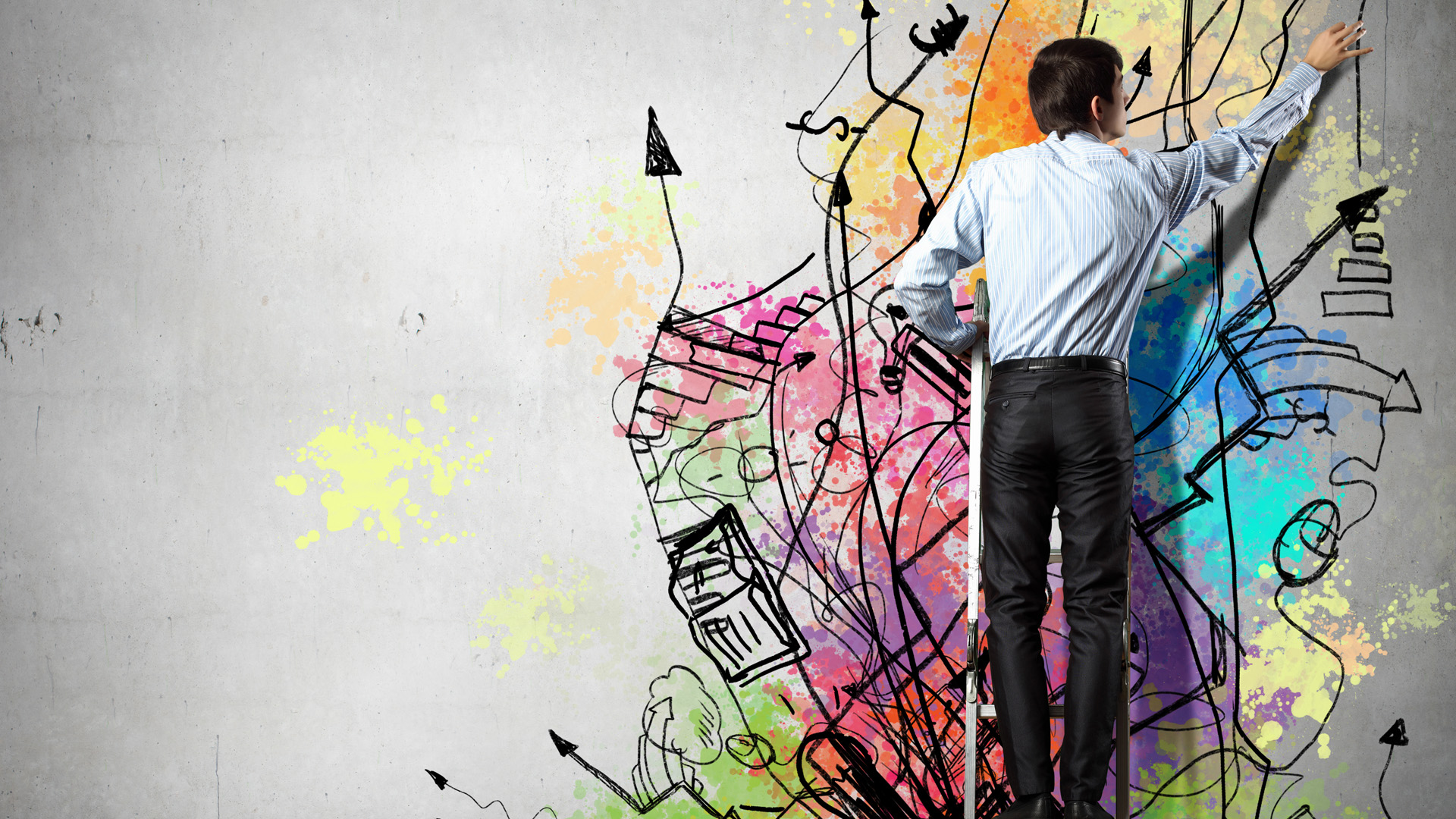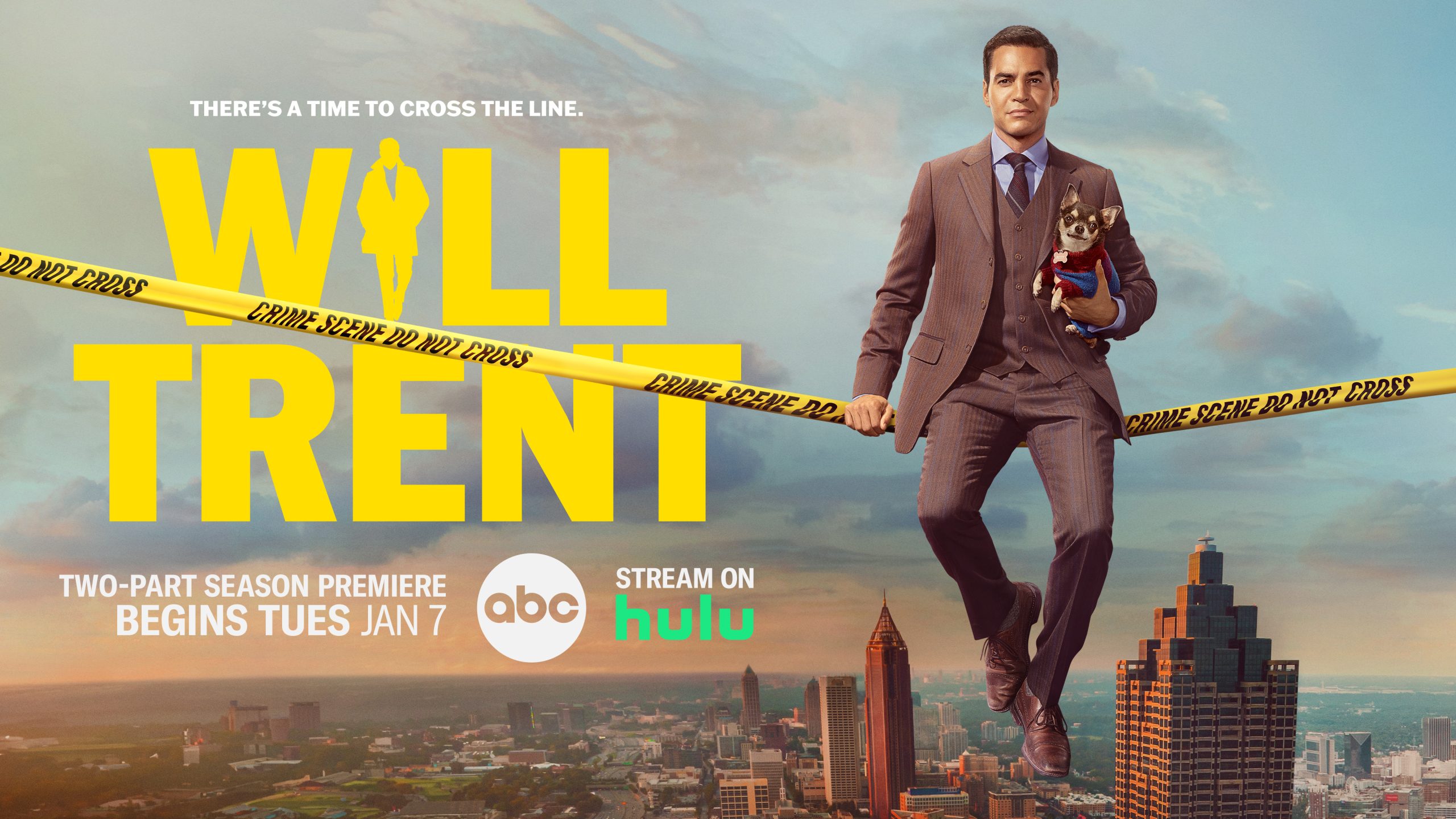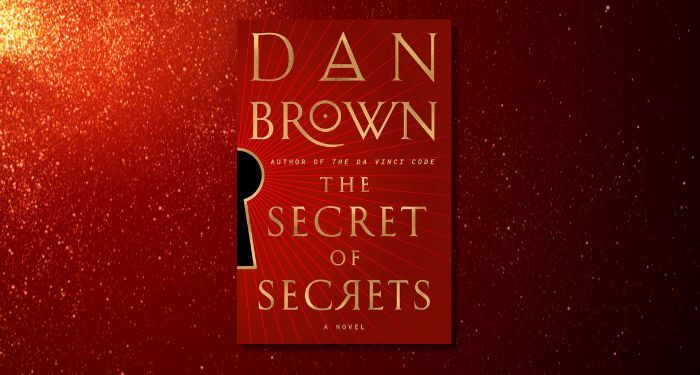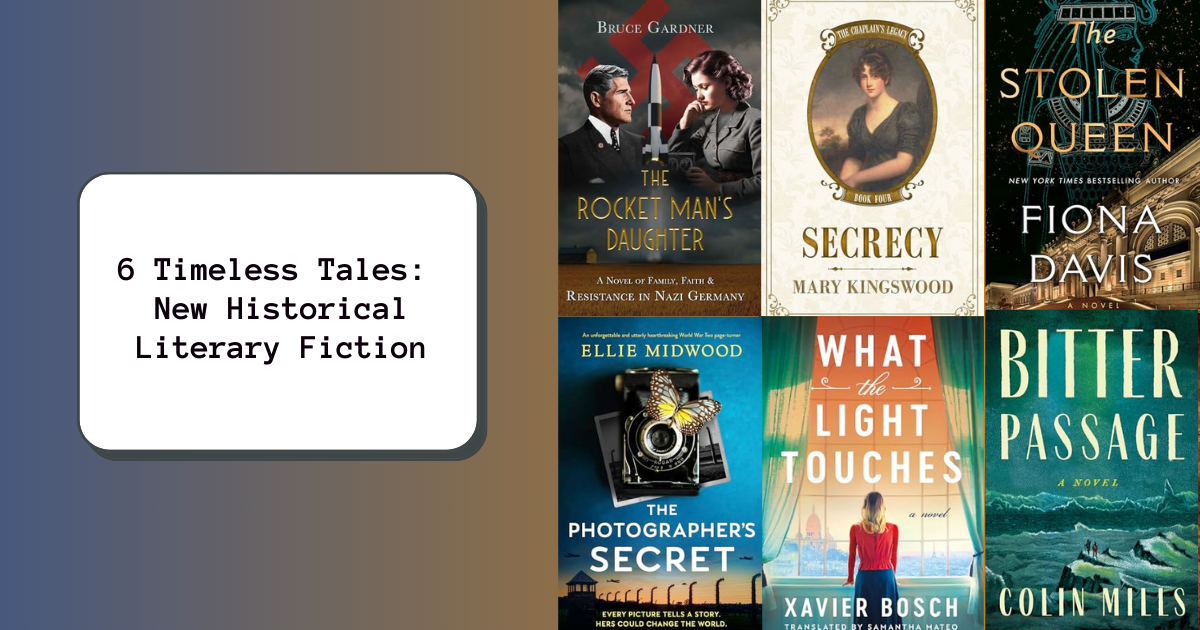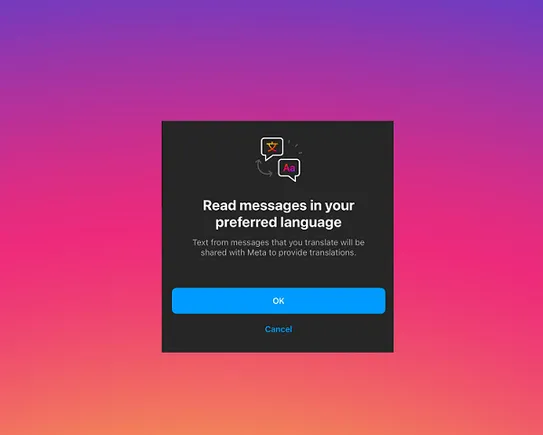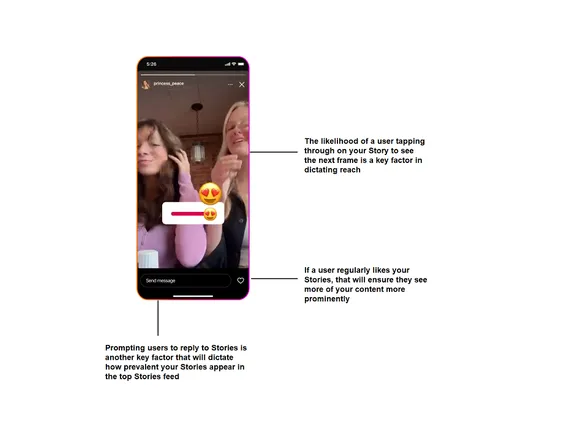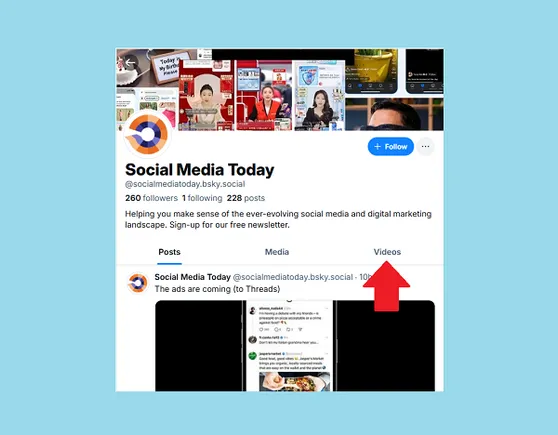This could be a big update for ChatGPT users, with maker OpenAI announcing that the generative AI platform is now able to surf the live web, meaning that its responses will no longer be date-restricted.
ChatGPT can now browse the internet to provide you with current and authoritative information, complete with direct links to sources. It is no longer limited to data before September 2021. pic.twitter.com/pyj8a9HWkB
— OpenAI (@OpenAI) September 27, 2023
As you can see in this example, ChatGPT will now be able to provide up-to-the-minute info to improve its responses, which will ensure that its outputs are, ideally, more accurate, or at the least, more reflective of latest events and changes.
As per OpenAI:
“Browsing is particularly useful for tasks that require up-to-date information, such as helping you with technical research, trying to choose a bike, or planning a vacation.”
However, not all websites will be accessible to OpenAI’s system.
After giving web admins the capacity to opt-out of its data scraping, by signaling such within their robots.txt file, many publishers, especially big-name sites, have done exactly that, and as AI tools see more use, you can expect more websites to update their structure to block OpenAI from taking their info.
But then again, millions of others likely won’t, which will mean that OpenAI will now have access to a broad range of live data inputs, which will provide more context for its responses.
I guess, the main risk here is that if you take out all the higher-quality publisher sites, OpenAI’s data pool could become more infected with low-quality rubbish, which could impact the usability of the responses you get in the app. But then again, ChatGPT is more of a supplementary tool anyway, and it should be cross-checked and edited to create useable, readable, and unique content.
OpenAI says that web browsing will be made available to Plus and Enterprise users from today, with further expansion coming soon.
In addition to this, OpenAI is also rolling out new voice and image search options within ChatGPT.
“Voice and image give you more ways to use ChatGPT in your life. Snap a picture of a landmark while traveling and have a live conversation about what’s interesting about it. When you’re home, snap pictures of your fridge and pantry to figure out what’s for dinner (and ask follow up questions for a step by step recipe). After dinner, help your child with a math problem by taking a photo, circling the problem set, and having it share hints with both of you.”
So now, rather than just entering text inputs, you’ll be able to ask ChatGPT your query direct, and have its answer read back to you in an automated voice.
So kind of like the Starship Enterprise’s onboard computer, which characters would prompt with a simple “Computer” summoning command.
With audio on ChatGPT, that seems pretty close to reality.
OpenAI says that it’s rolling out voice and images in ChatGPT to Plus and Enterprise users over the next two weeks (voice is coming to the mobile app, on iOS and Android, while images will be available on all platforms).













